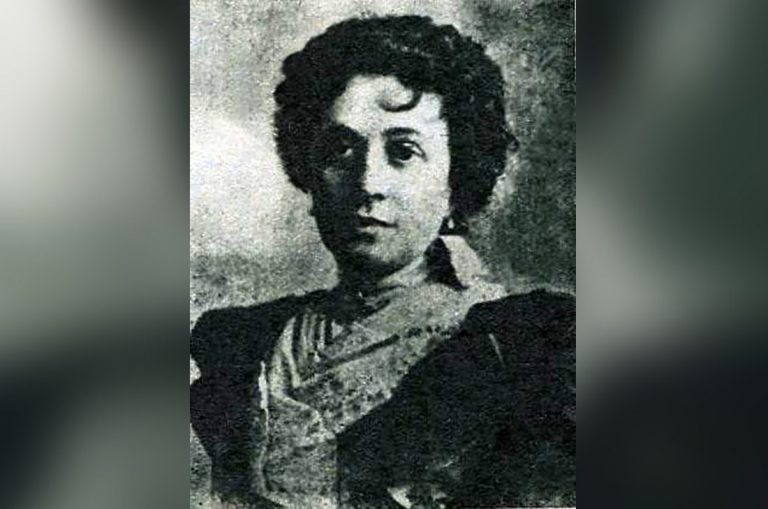Carmen Zayas Bazán suffered criticisms from compatriots, friends and close collaborators of Martí, even from her own paternal and political family. Closer in time, researchers and historians demand an extemporaneous behavior as a wife, biased by the greatness of the National Hero.
Each story with its light
The loves of great historical figures are full of mysteries, criticism and praise, some mark precedents for analogies, among them the paradigm of the exalted relationship between Amalia Simoni and Ignacio Agramonte that opens its pages to an almost mystical passion immortalized in Camagüey.
However, all the women from Puerto Príncipe who have married transcendent men have not met the same fate, in my opinion one of the most criticized has been Carmen Zayas-Bazán e Hidalgo, José Martí’s wife, to whom the historiography points out misunderstandings, isolation and abandonment of her husband for his revolutionary activity during the preparation of the liberation struggle.
How much do we know about Carmen to discern about her way of thinking and acting?
She is a question that is not always answered properly. Some forget that Carmen’s father was an emissary of Count Valmaseda with a peace proposal for the patriots at the Minas Paradero Meeting on November 25th, 1868.
Similarly, the adverse family relationship that Carmen suffers when she returns with Pepito to her hometown, the husband of her sister Amalia, Leopoldo Barrios y Carrión, general commander of the Spanish Army in the province of Puerto Príncipe and later civil governor of the region, managed to undermine her rights, it is not mentioned.
She was forced together with her son to leave the family home and moved to the house of some aunts, a hostile environment for the child due to the dementia of one of them, there she suffers economic deprivation, afflictions due to the conjugal relationship, fears and anxiety for the conspiratorial work of her husband for the emancipatory struggle.
Love, impressions, life…
Carmen’s initial correspondence to Pepe, as she used to call José Martí, shows her love, but at the same time, an energetic character that reveals her concerns as a mother, jealousy – due to feminine instincts – not always wrong, because some of her contemporaries and biographers suggested it or almost affirmed it; and because of the commitment of Martí to the homeland.
However, these elements are not justifications why, behind her husband’s back, she prepared with Enrique Trujillo the departure of her and his son from the United States on August 27th, 1891. Definitive separation of the couple and a hard blow for the relationship.
Fear of changing her mind if she shared her intentions with Martí? Worried about Pepito’s future and her own in a hostile political context? Amends for couple problems?
Each aspect could be a plausible reason or all together make up an answer. On the other hand, it is necessary to deepen Carmen’s attempts to be with Martí and promote family life despite the setbacks that distance and undermine the relationship.
The letters – with the words of a cultured and determined woman – test the obstacles and integrity of the wife. The ties with Gonzalo de Quesada and Aróstegui – designated by Martí as the personal executor of his documents – are exacerbated when he requests the custody of his son, although he renounces the idea, a precedent is created that turns the nexus between the two beings close to the Master into a thorny relationship.
The love between Carmen and Martí was full of passion, encouragement, disagreements, misunderstandings, like any couple’s life, as human feelings are, Ezequiel Martínez Estrada pointed out: «Carmen was a misunderstood and incomprehensible woman, but of that Carmen loved Martí as women love men there is no doubt »
She would dress in mourning until the end of her days. She reduced her social interactions and asked Enrique José Varona, Máximo Gómez and others close to Martí to sign her wedding album, as a lasting memory of the couple.
A historical coincidence wanted both of them to receive their last burial on June 30th, 1951. She in her hometown, in the family pantheon, he in the Santa Ifigenia Cemetery, Santiago de Cuba, where “the Cuban burial of José Martí ” was conducted.
There are debts with local history, especially about the life of Carmen, and Pepito, beyond the identifying link of being José Martí’s wife and son. Delving into the relationship of a couple that the greatness of the hero has plunged into silence, constitutes an urgent duty of the people of Camagüey.
Translated by: Aileen Álvarez García






